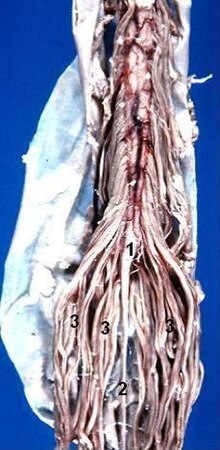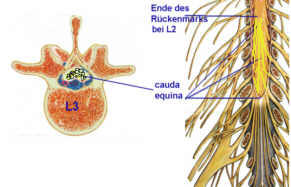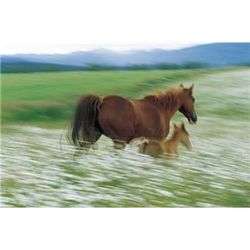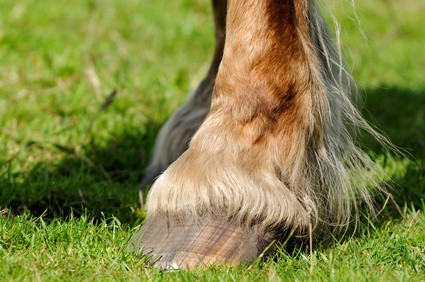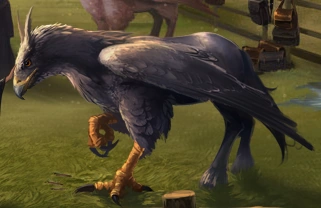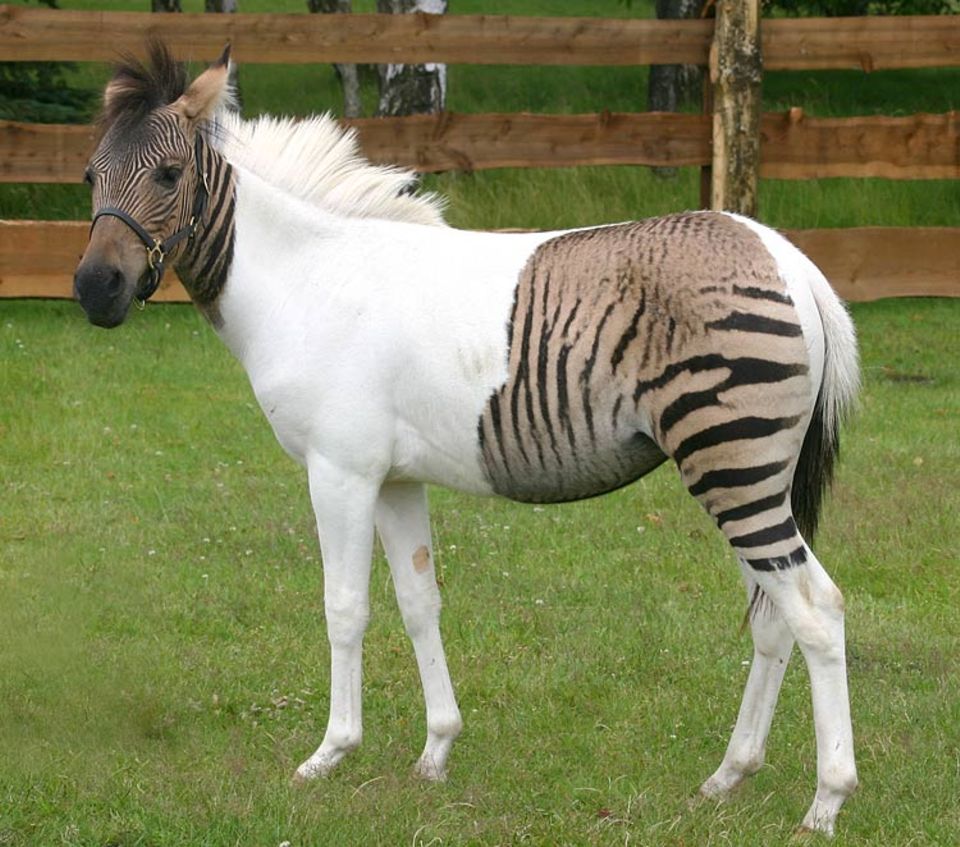What is cauda equina syndrome? The more quickly treatment (via surgical decompression of the spinal.
Symptoms can develop gradually or very suddenly, but in any case, prompt spinal decompression surgery is essential to relieve pressure.

Cauda equina syndrom pferd. This nerve bundle controls the function of the bladder, bowels and legs. Årsak til syndromet er oftast eit stort, midtstilt prolaps i nest nedste skive (1, 2). The cauda equina control the function of the bladder and bowel, and the sensation to the skin of the genitals and bottom area.
Anatomy and localization of spinal cord disorders.include disc herniation, spinal fracture, and. Cauda equina syndrome is a relatively rare neurological condition caused by pressure on the cauda equina, a bundle of nerves at the base of the spine. Cauda equina syndrome in horses.
Cauda equina syndrome (ces) is a medical emergency that requires immediate diagnosis and treatment. Cauda equina syndrome while “cauda equina” is used to refer to a particular syndrome found in german shepherd dogs, it is technically named after the affected structure. The most common cause of compression to the cauda equina is a central.
Cauda equina syndrome is not just a bad back. in many cases, it is a life changing disease. The collection of nerves at the bottom of the spinal cord is called the cauda equina because it is said to look like a horse's tail. Ces most commonly results from a massive herniated disc in the lumbar region.
The cauda equina, also known as the “horse’s tail”, is the structure in the spine formed by the nerve roots at the tail end of the spinal cord in the lumbosacral region. Cauda equina syndrome (ces) is a rare but serious neurological condition affecting the bundle of nerve roots at the lower end of the spinal cord. This is a rare disorder where pressure is exerted on a collection of nerves located at the bottom of the spinal cord known as the ‘cauda equina’.
Cauda equina syndrome with retention, in which there is established urinary retention; The ce provides innervation to the lower limbs, and sphincter,controls the function of the bladder and distal bowel and sensation to the skin around the bottom and back passage [1]. Fakta cauda equina syndrom er en sammenklemning af rygmarvens nerverødder i lænderyggen afklemningen kan skyldes en diskusprolaps, ryghvirvelglidning eller svulst i lænderyggen symptomerne er smerter og føleforstyrrelser i
Cauda equina syndrome (ces) adalah kondisi neurologis serius yang disebabkan oleh kerusakan atau gangguan di cauda equina yang menyebabkan hilangnya. Such root dysfunction can cause a combination of clinical features, but the term cauda equina syndrome is used only when these include impairment of bladder, bowel, or sexual function, and perianal or “saddle”. National guidelines for emergency referral, imaging and treatment of ces contain symptoms and/or signs that are those of late often, irreversible ces.
Early recognition is paramount as the presence of bladder dysfunction portends bad functional outcomes. The cauda equina set of nerves looks like a horse’s tail, which is where it gets it’s name from. What are the causes of ces?
The most common cause of ces is narrowing of the vertebral canal at the level of the lumbosacral joint (called lumbosacral stenosis). Cauda equina syndrome (ces) is caused by compression of the nerve roots passing from the lower back toward the tail at the level of the lumbosacral junction. Cauda equina syndrome (ces) occurs when there is dysfunction of multiple lumbar and sacral nerve roots of the cauda equina.
Cauda equina means horse's tail in latin. Cauda equina syndrome is a very rare but serious condition, where the bundle of nerves called the cauda equina at the bottom of the spine get compressed. Trong spinalkanal eller anomaliar kan predisponere (1, 2, 7).
This syndrome has a complex spectrum of signs and symptoms. Whilst the cauda equina are protected by the vertebrae (the back bone). The cauda equina syndrome is caused by an intraspinal lesion caudal to the conus that injures.
And incomplete cauda equina syndrome, in which there is reduced urinary sensation, loss of desire to void, or a poor stream, but no established retention or overflow.5 often the slower the. While there are conflicting reports in the literature regarding the timing of treatment, it is generally thought that surgery within 24 to 48 hours gives the maximum potential for improvement of sensory and motor deficits. Symptoms of cauda equina syndrome (ces) symptoms of.
Serves to improve the quality of life and care for individuals living with cauda equina syndrome and associated disorders. Cauda equina syndrome is a rare emergency with devastating consequences. A single excessive strain or injury may cause a herniated disc, however, many disc herniations do not necessarily have an identified cause.
The presence of bilateral lower extremity weakness or sensory changes should alert clinicians to the diagnosis. Most clinicians now divide cauda equina syndrome into two clinical categories4: Cauda equina syndrome is often treated using a surgical procedure called lumbar laminectomy.
This is a rare disorder where there is pressure on the nerves at the very bottom of the spinal cord. Im rücken gehen auf der höhe des kreuzbeins aus dem rückenmark nerven hervor, welche die blase, den schweif, den darm und die muskulatur der hinterbeine versorgen. Syndrom kaudy (cauda equina) by jezzina 21.6.2016 jako syndrom kaudy je označován závažný neurologický stav, kdy poškozený svazek míšních nervů a míšních nervových kořenů druhé až páté bederní nervové dvojice (kauda ekvina, cauda equina) způsobuje ztrátu funkce bederní sítě nervů.
Patients with cauda equina syndrome (ces) are frequently referred late when neurological damage cannot be reversed. If your doctor has suspicions of ces, then in some causes it can be confirmed with a mri scan. Cauda equina is a very serious condition causing nerve root damage.
Cauda equina syndrome is the signs and symptoms when the nerves of the cauda equina are compressed. Cauda equina syndrome is a particularly serious type of nerve root problem. Cauda equina syndrome results from the dysfunction ofmultiplesacralandlumbarnerverootsinthelumbar vertebral canal.

Pferd – Physiotherapie Fuer Hund Und Pferd

Cauda-equina-syndrom Beim Pferd Tierheilkunde

Schweifscheuern Beim Pferd – Ursachen Und Behandlung

Training Mit Dem Biko Pferdeexpander – Pferde Physiotherapie
Laufwerk Moeller – Cauda-equina-syndrom Das Facebook
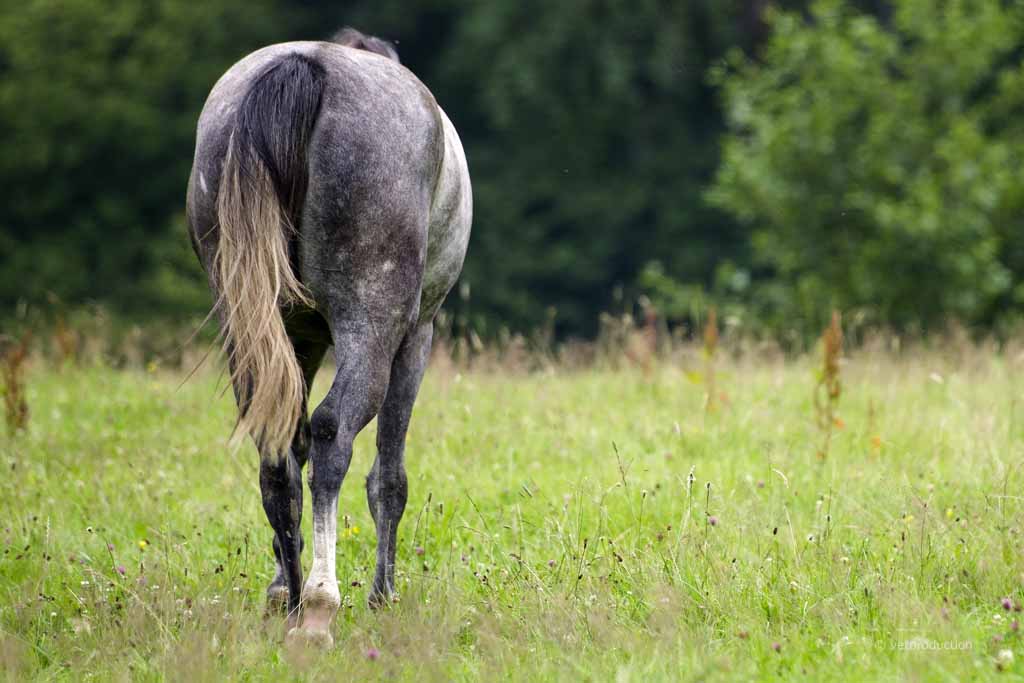
Cauda-equina-syndrom Beim Pferd Tiermedizinportal

10 Best Cauda Equina Ideas Cauda Equina Cauda Equina Syndrome Spinal Stenosis

Spine Lecture Cauda Equina Syndrome – Youtube

Pdf The Saddle And The Horses Tail Cauda Equina Syndrome
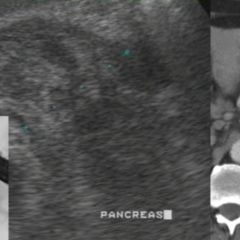
Cauda-equina-syndrom Pferd – Doccheck Flexikon

Cauda Equina Syndrome Annapolis Glen Burnie

Chiropraktik Reinhardt – Chiropraktik

Cauda-equina-syndrom Mit Bueroklammer Testen – Medical Tribune
Eine Relativ Weit Verbreitete Erkrankung Bei Hunden Und Katzen – Cauda- Equina-kompressionssyndrom
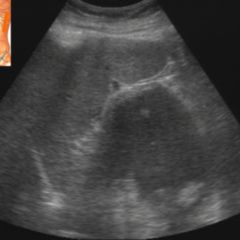
Cauda-equina-syndrom Pferd – Doccheck Flexikon


